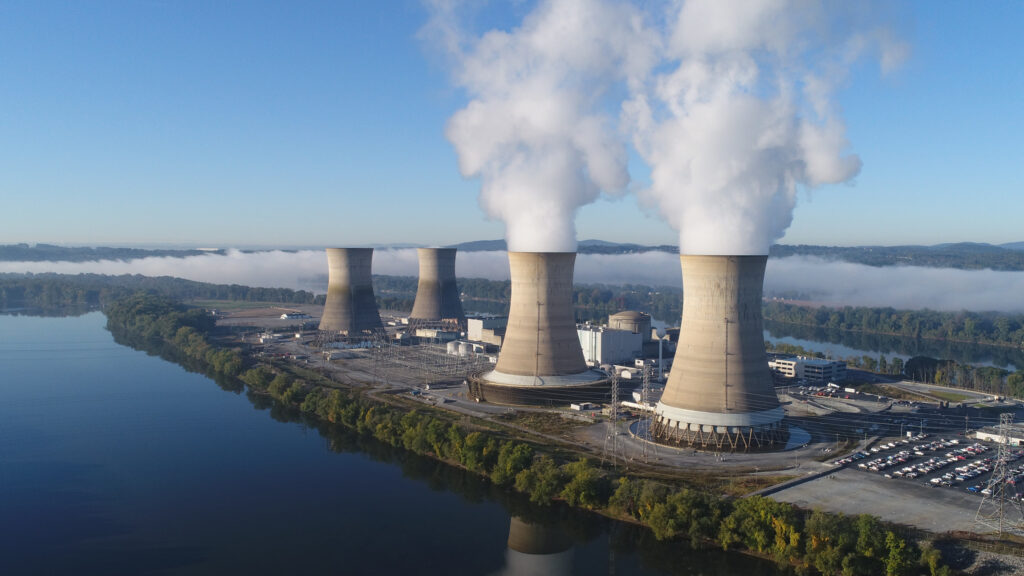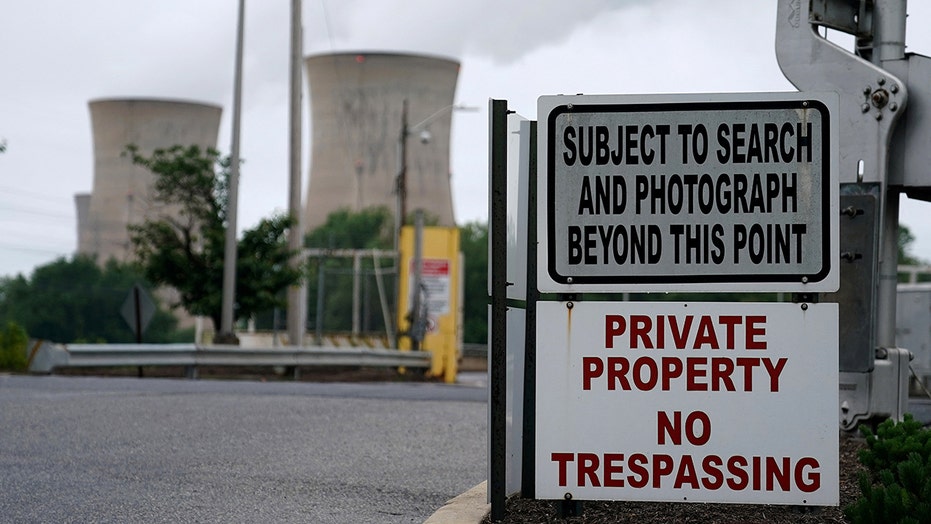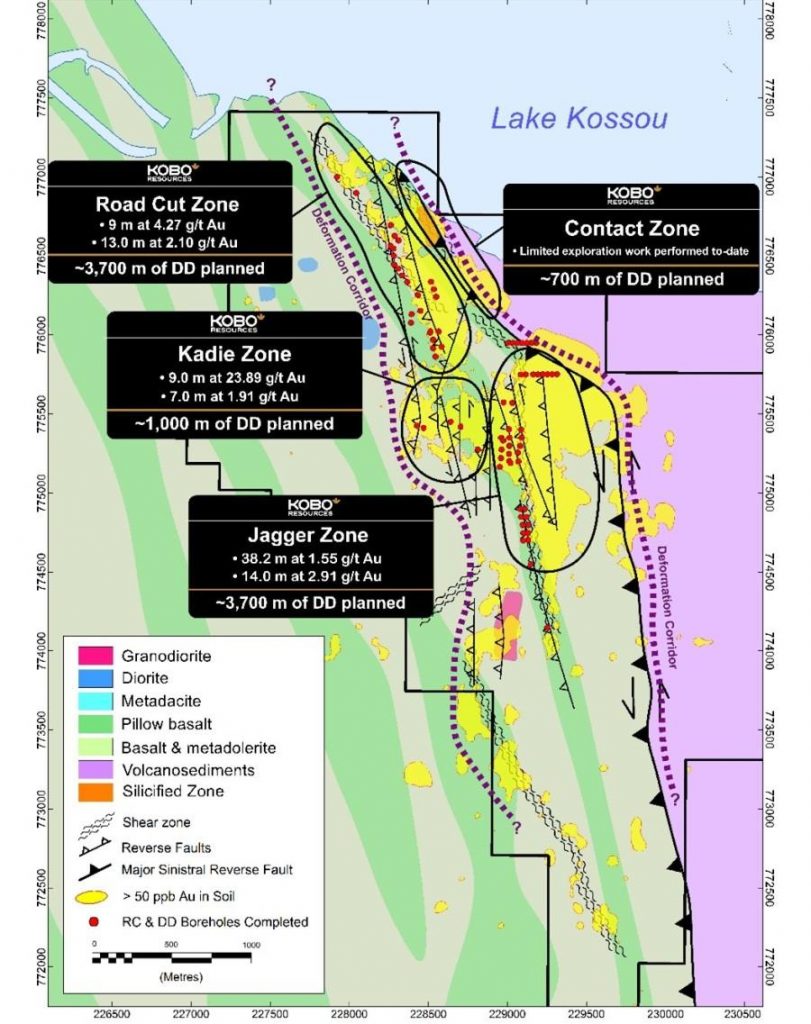Microsoft has announced an energy deal to reopen the Three Mile Island nuclear power plant on the Susquehanna River near Harrisburg, Pennsylvania.
Constellation Energy, the plant’s current owner, is now set to bring Unit 1 back online for Microsoft. That will involve investing $1.6 billion to restore the reactor by 2028.
While details remain unknown, Microsoft reportedly offered to buy the plant’s output for 20 consecutive years.
Three Mile Island is best known as the site of the most serious nuclear accident in US history. In 1979, a partial meltdown occurred in one of its reactors, sparking public fear and distrust in nuclear power.
The plant’s Unit 2 reactor, which melted down, was permanently closed, but Unit 1 continued operating until it was decommissioned in 2019 due to competition from cheaper natural gas.
Three Mile Island, the site of the worst nuclear accident in U.S. history in 1979, saw a partial meltdown in one of its reactors. Decades later, the undamaged Unit 1 reactor, decommissioned in 2019, is set for revival in an exclusive deal with Microsoft to power AI data centers by 2028. Source: Wikimedia Commons.
Microsoft says the deal is also driven by its carbon-negative pledge by 2030. Nuclear energy is a zero-carbon power source, though there are ongoing controversies over radioactive waste management.
Constellation Energy’s CEO Joseph Dominguez was positive about the move, stating, “This plant never should have been allowed to shut down. It will produce as much clean energy as all of the renewables [wind and solar] built in Pennsylvania over the last 30 years.”
Constellation Energy stated that “Significant investments” need to be made in the plant, including upgrading and renovating the “turbine, generator, main power transformer, and cooling and control systems.”
The rising power demands of AI
Microsoft’s decision to tap into nuclear power shows once again the staggering energy requirements of AI and supporting data center technology.
The company has been expanding its data centers worldwide, with many of these facilities dedicated to supporting AI workloads, including the training and deployment of models that require vast amounts of computational power.
Training large AI models can consume thousands of megawatt-hours (MWh) of electricity.
According to some sources, OpenAI’s GPT-3, for instance, required over 1,200 MWh to train, which could power tens of thousands of homes for a day.
Hundreds, if not thousands, of powerful AI models are actively being trained at any one time today. AI models require power not just during training but also for day-to-day operations.
This surge in energy demand from AI is part of a broader trend. The International Energy Agency (IEA) estimates that data centers currently account for 1.3% of global electricity consumption, and this is set to rise significantly, with AI infrastructure driving much of the increase.
By 2030, data centers could consume up to 8% of the world’s electricity, further straining energy grids already stretched thin by increasing reliance on digital services and electric vehicles.
Coal and nuclear to take up the slack
While the focus on nuclear energy highlights the tech industry’s need for low-carbon alternatives, AI’s demand for power is remarkably breathing new life into coal.
According to a Bloomberg report from earlier in the year, the rapid expansion of data centers is delaying the shutdown of coal plants across the US, defying the push for cleaner energy sources.
In areas like Kansas City, for example, the construction of data centers and electric vehicle battery factories has forced utility providers to halt plans to retire coal plants.
Microsoft’s decision to power its AI operations with nuclear energy brings the broader conversation of AI sustainability into sharp focus.
With the tech industry’s growth outpacing energy supplies, innovative solutions are needed to bridge the gap between demand and production. OpenAI, for example, has actively invested in Helion, a nuclear fusion project set to come online soon.
OpenAI CEO Sam Altman said on X, “If Helion works, it not only is a potential way out of the climate crisis but a path towards a much higher quality of life. Have loved being involved for the last 7 years and excited to be investing more.”
Despite its controversies, nuclear power offers a credible solution to AI’s energy demands, particularly in regions struggling to transition fully to renewable energy.
But the stakes are high. Building and maintaining nuclear plants still requires immense resources, and nuclear waste is challenging to dispose of. Many will see this as trivializing decarbonization and renewable energy strategies.
We should say that this is still early days for the Microsoft-Constellation Eneergy deal.
Still, exclusive, private deals like this are exceptionally rare, showing how power in the AI industry hinges on power in the literal sense.





